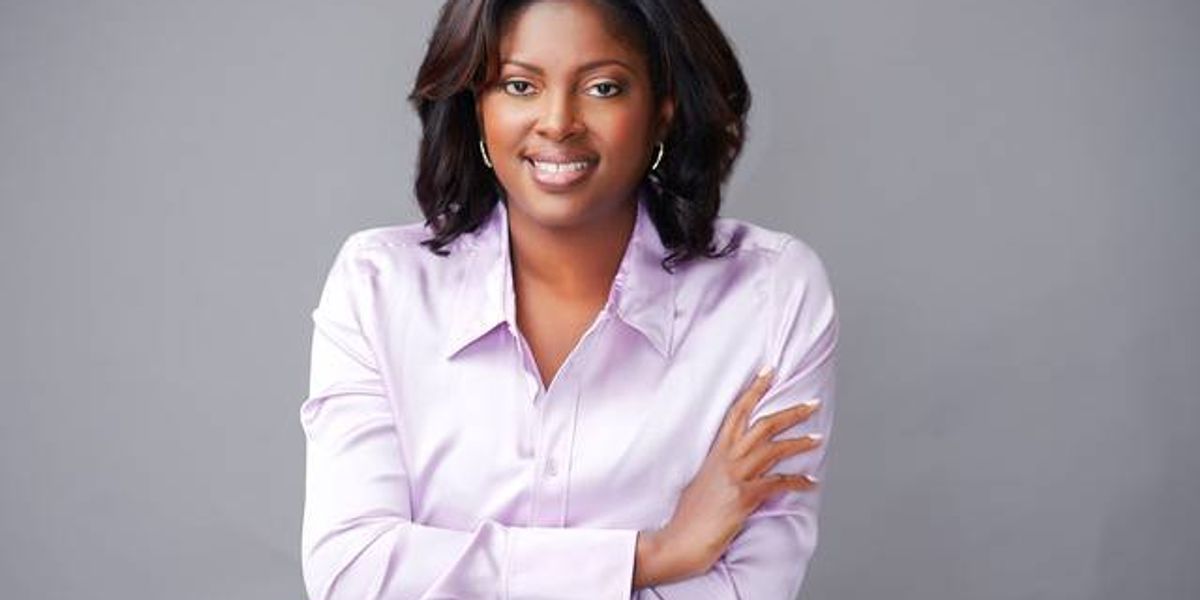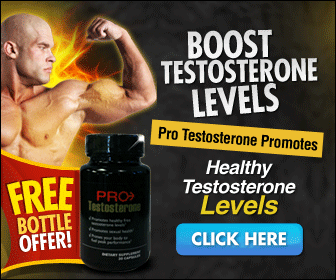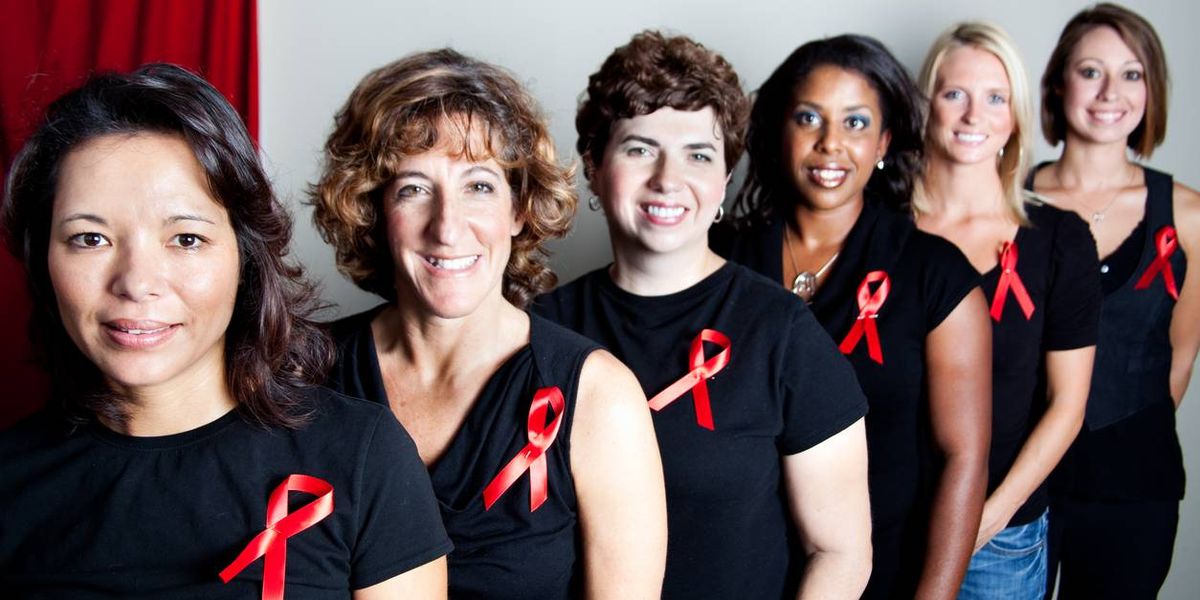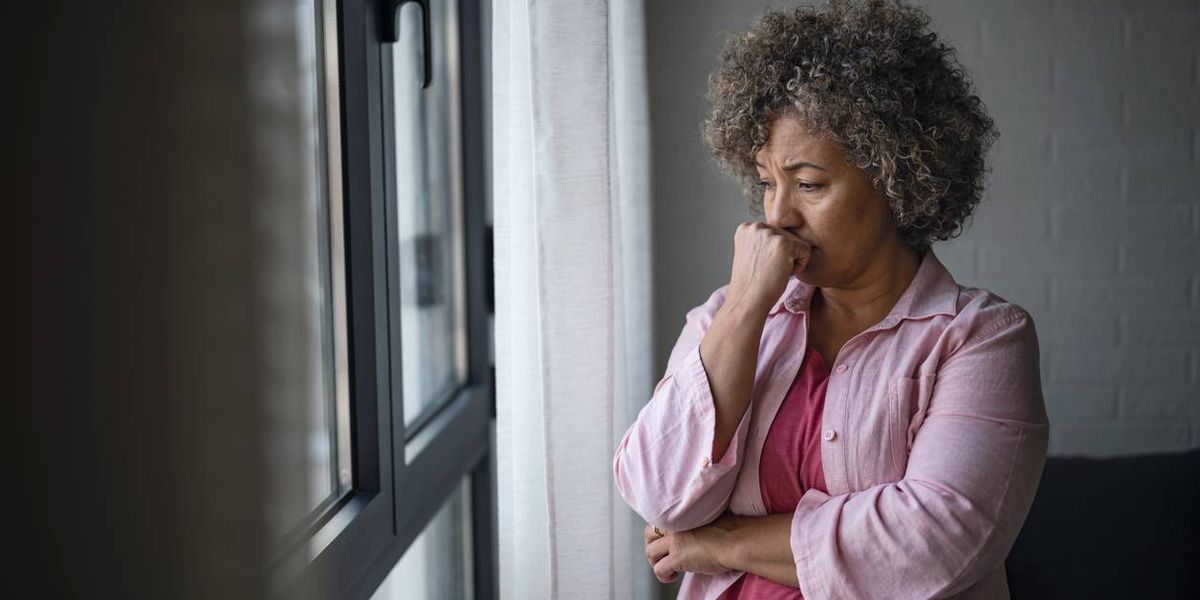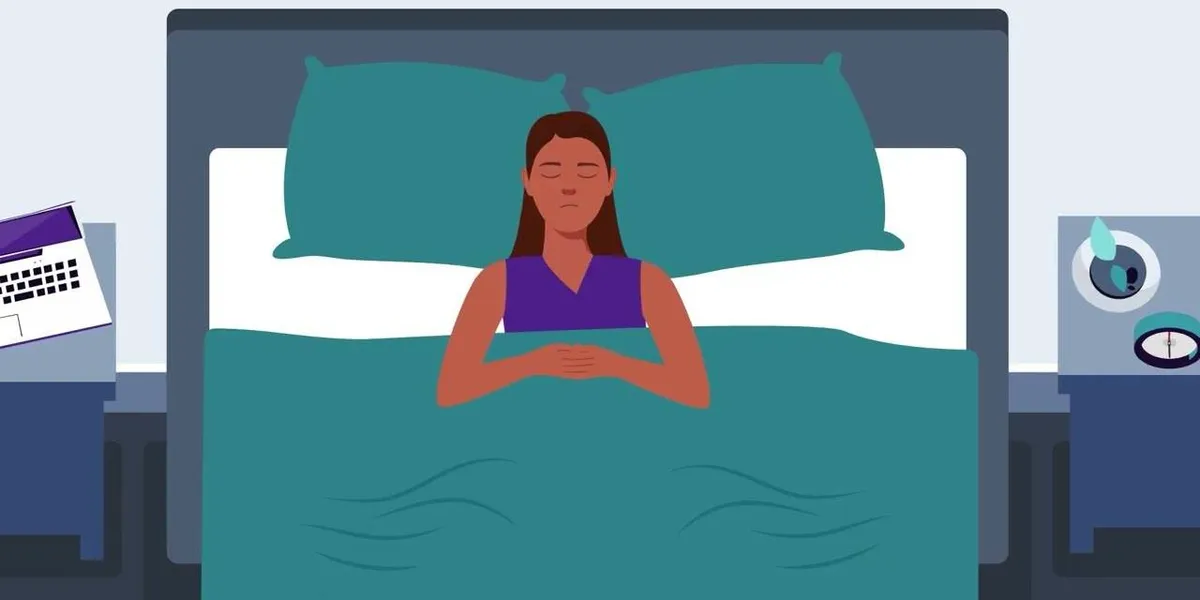Sateria Venable Talks Fibroids and Fertility
Painful periods. Flood-like flows. Uterine growths the size of a melon. We know this sounds like a bad premenstrual dream, but these are just a few of the life-altering symptoms associated with uterine fibroids.
Sateria Venable knows firsthand how disruptive fibroids can be. Before she was founder and CEO of The Fibroid Foundation, Venable was on her third surgery to remove fibroids that kept coming back. She also had a hard time finding healthcare providers who specialized in treating fibroids or anyone who would talk to her about fertility-sparing treatments. She was only 26.
Venable felt completely alone. At that time, she had no idea that up to 8 in 10 women will develop fibroids by age 50. It was only when Venable began detailing her experience with fibroids online that she realized that she wasn’t alone — and there were a lot of women looking for answers.
In 2013, Venable started The Fibroid Foundation as a way to bring the community together and advocate for a cure and policy changes to improve the lives of people with fibroids.
Now, 12 years in, The Fibroid Foundation has expanded to reach 181 countries and continues to advocate for research and legislation including leading the efforts to introduce The Fibroid Bill into the U.S. House of Representatives and the Senate.
We talked to Venable about the progress in fibroid health she’s seen over the years and what women need to know about this common gynecologic condition.
Our interview follows, edited for clarity and length.
HealthyWomen: Your LinkedIn profile says you turned your uterine fibroids diagnosis into a global movement by founding The Fibroid Foundation. How did your experience inspire you to start the organization?
Sateria Venable: Well, I was a frustrated patient. I’d just had my third fibroid surgery, and I guess I was just kind of shocked that the fibroids kept returning.
The third surgery was an open myomectomy, which is where your abdomen is cut open, your uterus is lifted out of your body, the fibroids are cut out of your uterus, the uterus is sewn back together and put back into your body. And it’s as horrible as it sounds.
There are women who go through multiple myomectomies in effort to conceive, but I had such a hard time finding someone to do the surgery — rather than just offer a hysterectomy — and I lived in Chicago. At the time, I thought if I’m in a major metropolitan city, and I’m having challenges finding a fibroid surgeon, just what is going on?
I started blogging my experience month to month, because month to month it was very different. I had severe anemia from heavy periods, then surgery and recovery. And once I started blogging, women started to really speak up and say, ‘The same things are happening to me.’
I thought I was alone and that’s when I thought I need to formalize this experience that I’m having and try to help other women as well.
HW: Through the foundation, you advocate for more than 26 million women in the United States and people with fibroids around the world. What’s new in fibroid innovation that you want women to know?
Venable: I really want them to be aware that there are medical therapies. I think one of the most pressing issues is if you have symptomatic fibroids, there could be severe anemia. A lot of women and menstruators are diagnosed with fibroids when they are in crisis, and doctor Elizabeth Stewart at Mayo Clinic advised me that it’s not a good idea to make decisions when you’re in crisis because you feel rushed.
A lot of women and menstruators who are diagnosed with fibroids are hearing the word “fibroid” for the first time. And then on top of wrapping their minds around what that means, they then have to start to learn about treatment options while they’re not feeling well.
So, the innovation that I really feel needs more attention is the medical therapies that were approved during the pandemic. In the healthcare arena we refer to them as medical therapies but the term “fibroid pill” seems to resonate more with our community.
There were two pills from two different manufacturers that were approved, and I see them as tools in a toolkit where if you’re severely anemic and you are needing to prepare for surgery or trying to understand what steps to take and you’re not feeling well, you can take this medical therapy specifically for fibroids that will greatly or drastically reduce your period or stop it altogether to give your body a chance to recover so that you can then have a clear mind about what steps you’d like to take next.
And it’s also a great bridge through perimenopause. All women — not just women with fibroids —- can experience some very heavy menstrual flows and that can be very disruptive to anyone’s lifestyle. And so the medical therapies can help to stabilize that as well.
Read: Comic: Annie Has Anemia >>
HW: You’ve said in past interviews that a hysterectomy is not the only solution for addressing fibroids. What do you want women to know about treatment options?
Venable: I think the most important thing is finding the right information and the right provider.
Oftentimes, at the foundation, we’re contacted by women who say that they have one or two fibroids and the only option they were given is a hysterectomy. And then on the opposite end of that spectrum, we have a medical advisory board and some of those physicians have removed 30, 40, 50 fibroids and left the uterus intact.
I think it’s very, very important that women diagnosed with fibroids need to either find a fibroid specialist or a reproductive endocrinologist, which is another specialty that is particularly useful for women and menstruators who would like to conceive.
HW: As a leader in the women’s health community, what’s the toughest thing about activism?
Venable: In the earlier part of my career — because I don’t have a healthcare background — I was in the construction management arena, and having the courage to switch gears and follow my heart and address this need has added a quality of life to my life that makes everything feel like it’s just flowing in the right direction.
And so I never think about activism being tough. It’s just really a joy and a privilege. And for me personally, it checks all the boxes of being inquisitive and giving back.
I’m grateful to be able to be in this role and to see the change that we’ve been able to bring forth.
HW: Tell us the biggest misconception about fibroids you’d like to correct.
Venable: The biggest misconception is that this is just a Black woman’s disease. Fibroids impact every single ethnicity, and we don’t even have the data to show the true impact for most communities, but with The Fibroid Foundation reaching over 180 countries around the world, it’s clear that our community crosses cultures and multiple ethnicities.
Take our quiz: True or False: Uterine Fibroids >>
HW: In addition to CEO and patient advocate, you’re also an inventor. Tell us about the undergarment you designed specifically for women with fibroids.
Venable: It’s a series of undergarments for women with heavy flow issues post- maternity and light incontinence, and so we’re looking at them being pretty as well as functional.
The product is not out there yet, but we’re close. We’re actually in the process of looking at the best place to source the undergarment and that’s an ongoing process.
I would like to see it launched next year and it has taken some time, but I feel really good about where we are and the team that we’re working with. I’ll keep you posted on how that progresses and hope that again, what we’ve learned will help us deliver a product that will be very helpful to our community at large.
From Your Site Articles
Related Articles Around the Web
Source link
Share this article:

